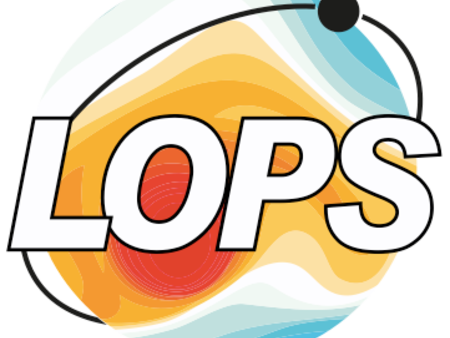Climate indices
Mean Global Ocean Heat Content Anomaly (in J.m-2) in the upper ocean (0-2000 m depth) between 2002-2020
(updated from Kolodziejczyk et al., JGR, 2019)
Yearly values of the mean ocean heat content anomaly (in Joules per meter square) between 0-2000 m depth and 60°S-N over the period 2002-2020. This illustrates the mean global warming of the ocean as recorded by Argo temperature profiles over the Argo array. The times series have been computed using ISAS20_ARGO optimal interpolation products. Baseline is 2002-2020 climatology. Timeseries is flatter before 2007, because the Argo global sampling target was not reached. Data coverage is not sufficient to capture the global warming signal.
Timeseries of Mean Global Ocean Heat Content (in J.m-2) change is provied in netcdf file format:
Global Ocean Heat Content Anomaly (in J.) in the upper ocean (0-2000 m depth) between 2007-2020
(updated from Kolodziejczyk et al., JGR, 2019)
Yearly values of the total ocean heat content anomaly (in Joules) between 0-2000 m depth and 60°S-N over the period 2007-2020. This illustrates the mean global warming of the ocean as recorded by Argo temperature profiles over the Argo array. The times series have been computed using ISAS20_ARGO optimal interpolation products. Timeseries have been offseted with the 2007 values. After this year, the Argo global sampling target was reached.
Timeseries of Global Ocean Heat Content (in J.) change is provied in netcdf file format:
Ocean Heat Content Trends over 2007-2020 period (0-2000m depth)
(updated from Kolodziejczyk et al., JGR, 2019)
Ocean warming is not uniform over the global ocean. The map of heat content trend illustrate mean ocean heat content changes observed by Argo network over the period 2007-2020 (in W.m-2). Red indicates regions of mean warming and blue indicates regions of mean cooling over the 2007-2020 period. Light gray are region where trends are not significant at a 95% level of confidence. The ocean heat content trends has been computed from ISAS20_ARGO temperature analysis.





